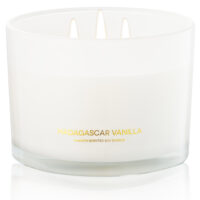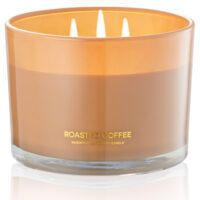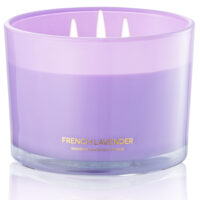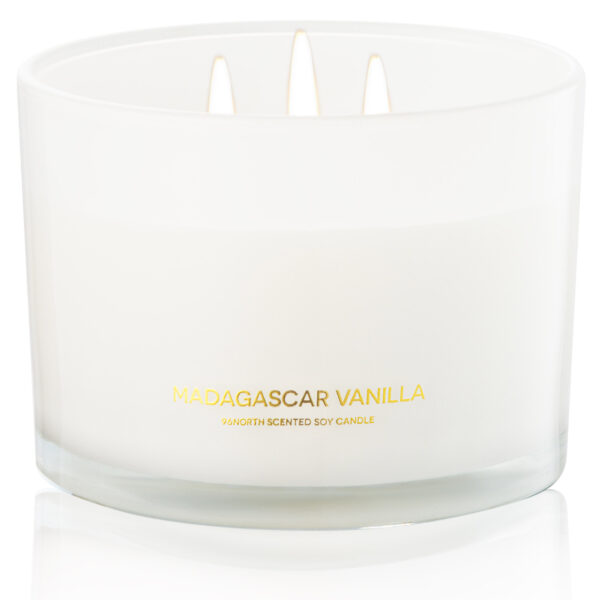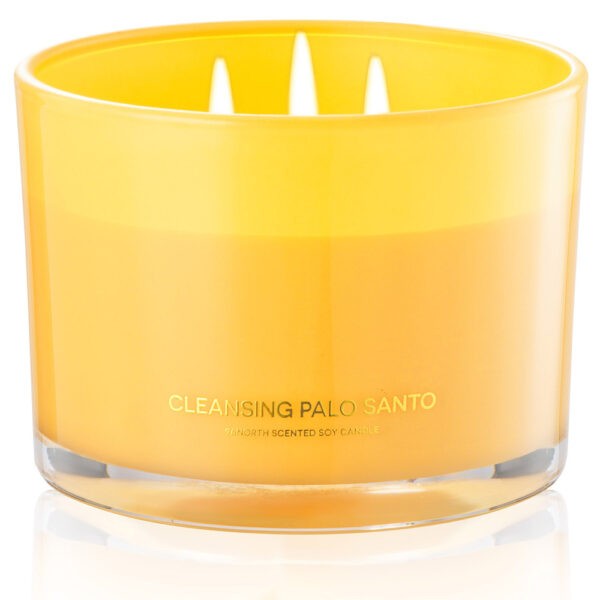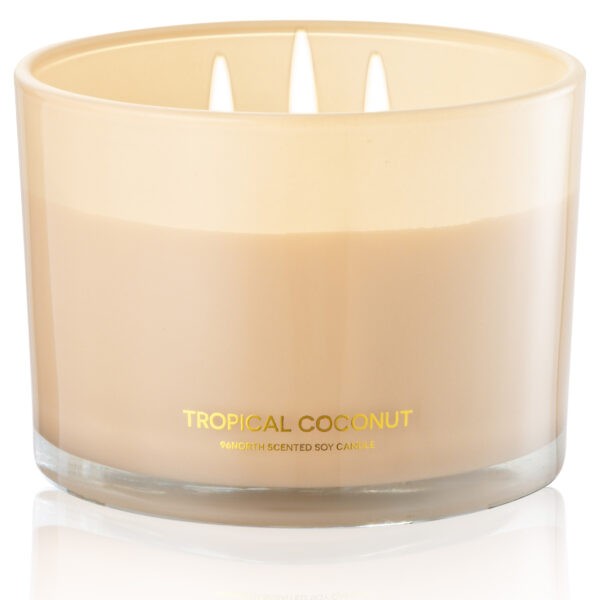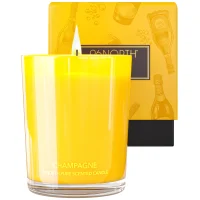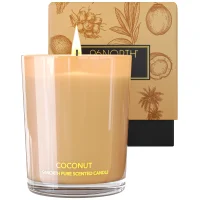Candles are used for various purposes, from lighting rooms to providing warmth and ambiance. They’re also used to communicate messages, celebrate special occasions, and perform rituals.
However, for candles to work, they need a wick — a thin, cylindrical piece of material that transfers the flame from the wax to the fuel source it needs to stay lit. This article will provide an exhaustive guide on what can be used as a candle wick and each material’s pros and cons.
What Is A Wick, And What Does It Do?
A wick is a long thin piece of absorbent material used to draw fuel up from a candle’s fuel source, normally the wax or oil.
The wick is lit at one end, and the flame works its way up the wick. The wick must be rigid enough to stay erect as the wax is drawn up but supple enough not to constrict the flow.
The size of the wick is important as it affects the flame’s size and fuel consumption rate. A larger wick will produce a larger flame and burn the fuel faster, while a smaller wick will produce a smaller flame and burn the fuel more slowly. Choosing the right size wick for the candle is important to ensure it burns properly and safely.

The Different Materials That Can Be Used As Candle Wicks
The most commonly used materials for candle wicks are cotton, paper, and paraffin wax. Each material has its advantages and disadvantages. Cotton wicks are popular because they stay lit longer and produce a more uniform flame. However, cotton wicks can be prone to smoking and soot buildup if not trimmed regularly.
Paper wicks are inexpensive and easily available but are also prone to smoking and can produce a smaller flame. Paraffin wax wicks have the longest burn time of any material, but they can be difficult to light and are unsuitable for large candles.
Other materials that you can use for candle wicks include hemp, linen, and wood. Hemp wicks are known for their slow and steady burn, while linen wicks are known for their low smoke production. Wood wicks are becoming increasingly popular due to their ability to produce a crackling sound when burning, similar to a wood fire. However, wood wicks can be difficult to light and require a longer pre-burn time.
How To Choose The Right Wick For Your Candles
Choosing the right wick for your candles can be tricky — there are several factors to consider. You should consider the type of wax or fuel your candles are made with, the size and shape of your candles, and the desired burn time. For example, if you’re making large candles, paraffin wax wicks are probably your best option since they have the longest burn time of any material. On the other hand, if you’re making small candles with a short burn time, paper wicks are probably your best bet since they can easily be found and are inexpensive.
Pros and Cons of Different Types of Candle Wicks
- Cotton Wicks
Pros: Longer burn time, produces a more uniform flame.
Cons: Prone to smoking and soot buildup if not trimmed regularly. - Paper Wicks
Pros: Inexpensive and easily available.
Cons: Prone to smoking and produces a smaller flame. - Paraffin Wax Wicks
Pros: Longest burn time of any material.
Cons: Difficult to light and not suitable for large candles.
When choosing a candle wick, it is important to consider the wax you use. Different waxes require different wicks, and some may not be suitable for certain waxes. Additionally, the size of the candle will also affect the type of wick you should use. Smaller candles require thinner wicks, while larger candles require thicker wicks.
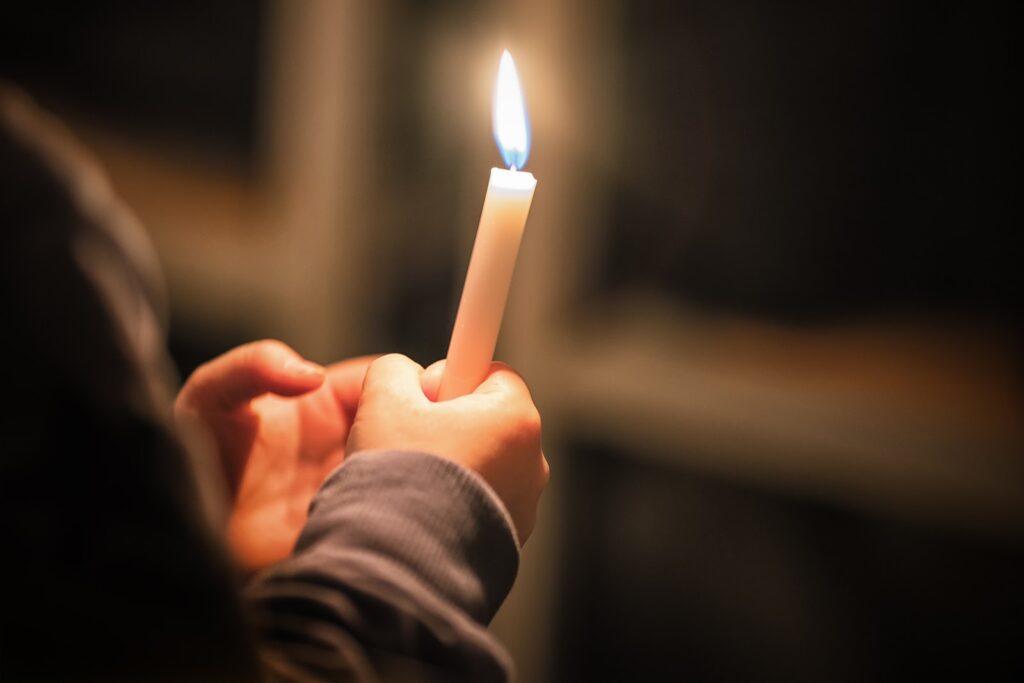
Tips For Prepping And Installing Candle Wicks
It is important to properly prep and install your wicks before lighting your candle. First, measure and cut the wick to the desired length. Generally, you should use a wick length twice as long as the desired candle height. If using multiple wicks, space them evenly apart.
The larger the candle diameter, the further apart the wicks should be. Make sure each wick has a secure base — if using metal or plastic bases, they are secured firmly to the bottom of the candle.
Once the wicks are in place, use a wick dipper or a wick trimmer to ensure the wick is the correct length before lighting. Maintaining the wick at the right length will help prevent the flame from becoming too large and help the candle burn evenly.
Safety Considerations When Working With Candle Wicks
Be sure to consider safety when working with candle wicks. Ensure your work area is free from flammable materials and other combustibles such as drapes, paper, curtains, etc.
Keep candles away from children and pets and out of reach of drafty areas such as windows, doorways, or vents. When extinguishing your candle, you should always use a snuffer or other means of smothering rather than blowing out the flame.
Common Candle Wick Problems
Candle wicks can often become clogged with carbon deposits — known as “mushrooming.” When this occurs, it will cause the wick to lose its rigidity and struggle to stay lit. To fix this problem, trim off the clogged tip of the wick with scissors or a sharp knife.
Some candles have problems staying lit due to having the wrong wick size. Try using a larger wick if your candles tend to go out quickly or struggle to stay lit.

What Can I Use As A Candle Wick?
Candle wicks are an integral part of candlemaking — without them, your candles simply won’t work! This guide provides you with all the information you’ll need to know about candle wicks. Hopefully, you’ll make a great candle with the information garnered from the article!
96NORTH Premium Candles
96NORTH sells the best soy wax candles on the market. We have a wide variety of naturally-scented candles, such as Madagascar vanilla and tropical coconut, which can transform your home into a serene, relaxing landscape.
Allow our candles to carry you to distant countries, atmospheres, and settings. Embrace their fragrance and journey through the aroma of beautiful exotic beaches and jaw-dropping lush jungles.
Allow the luxurious scents of 96NORTH’s candles to turn your house into a comfortable and relaxing home. Shop our selection of soy scented candles on our website.
FAQs
What is the best homemade candle wick?
There are many different materials you can use for a homemade wick. Some of the most popular materials are linen, hemp, and twine.
Can you use a toothpick as a candle wick?
Yes, you can use a toothpick as a wick; however, before doing so, you must dip it in melted wax to ensure it has a coating that will facilitate continuous burning.
Can you light a candle without a wick?
You need a candle to burn a candle. If you don’t have a ready-made wick, there are many sorts of materials that you can use as a substitute wick.
Best selling products
-
Madagascar Vanilla Candle
$24.95 -
Palo Santo Candle
$24.95 -
Tropical Coconut Candle
$24.95

